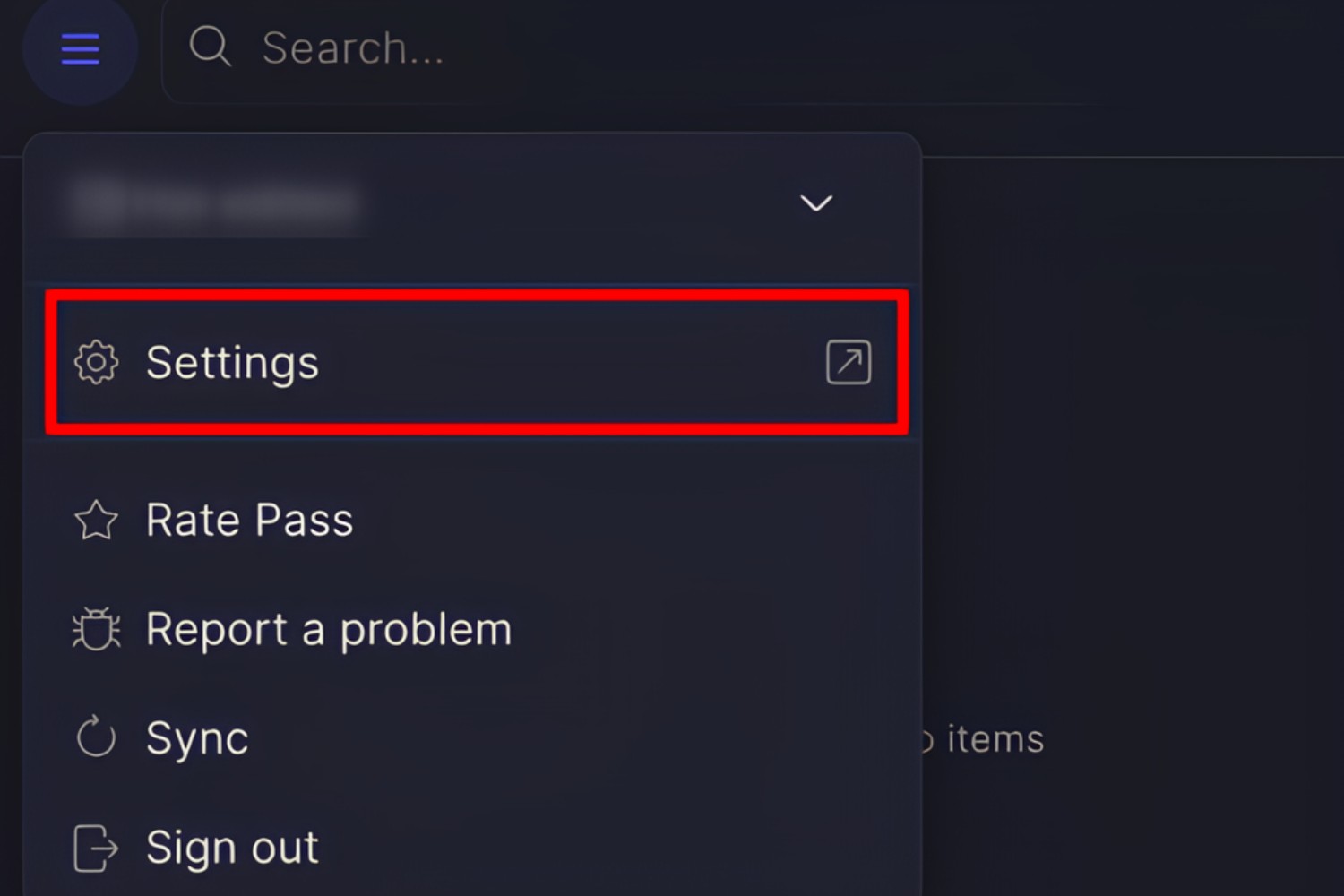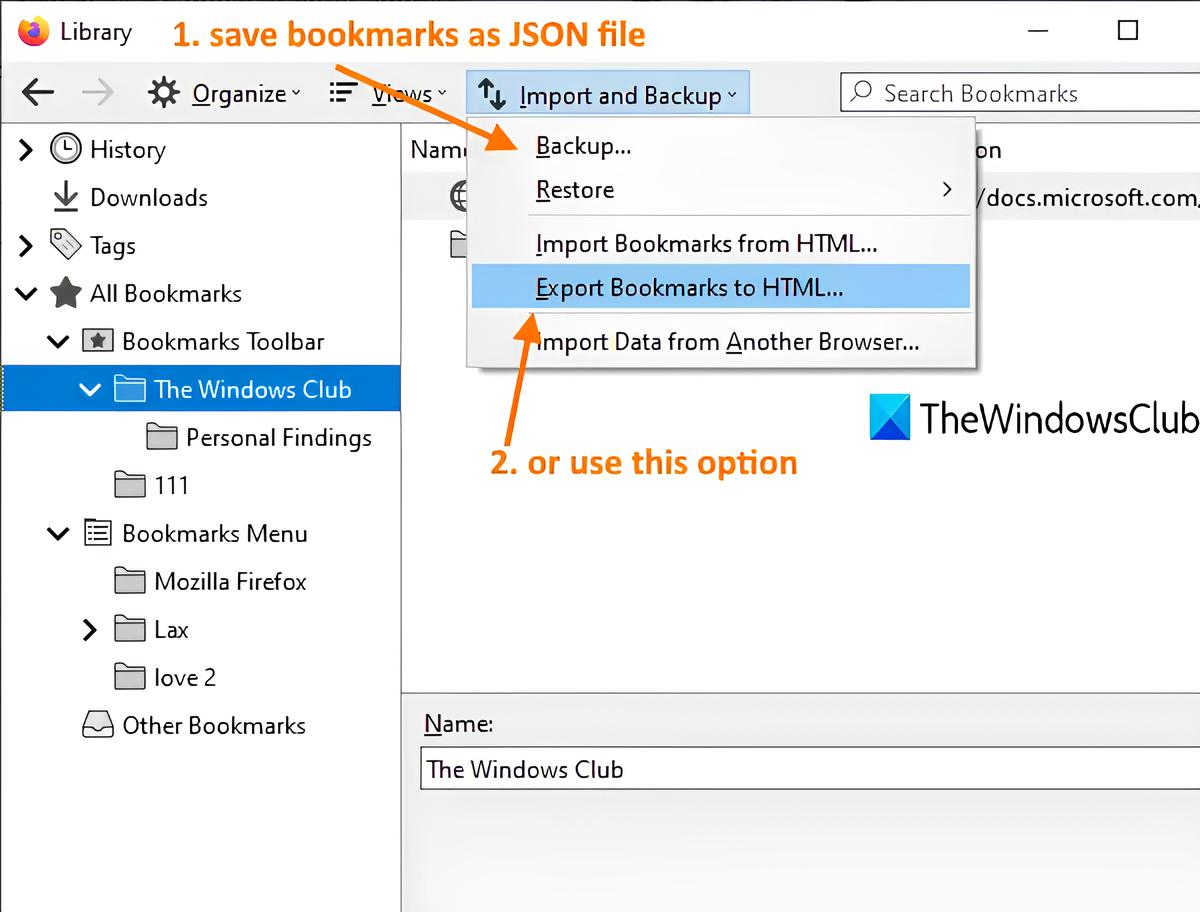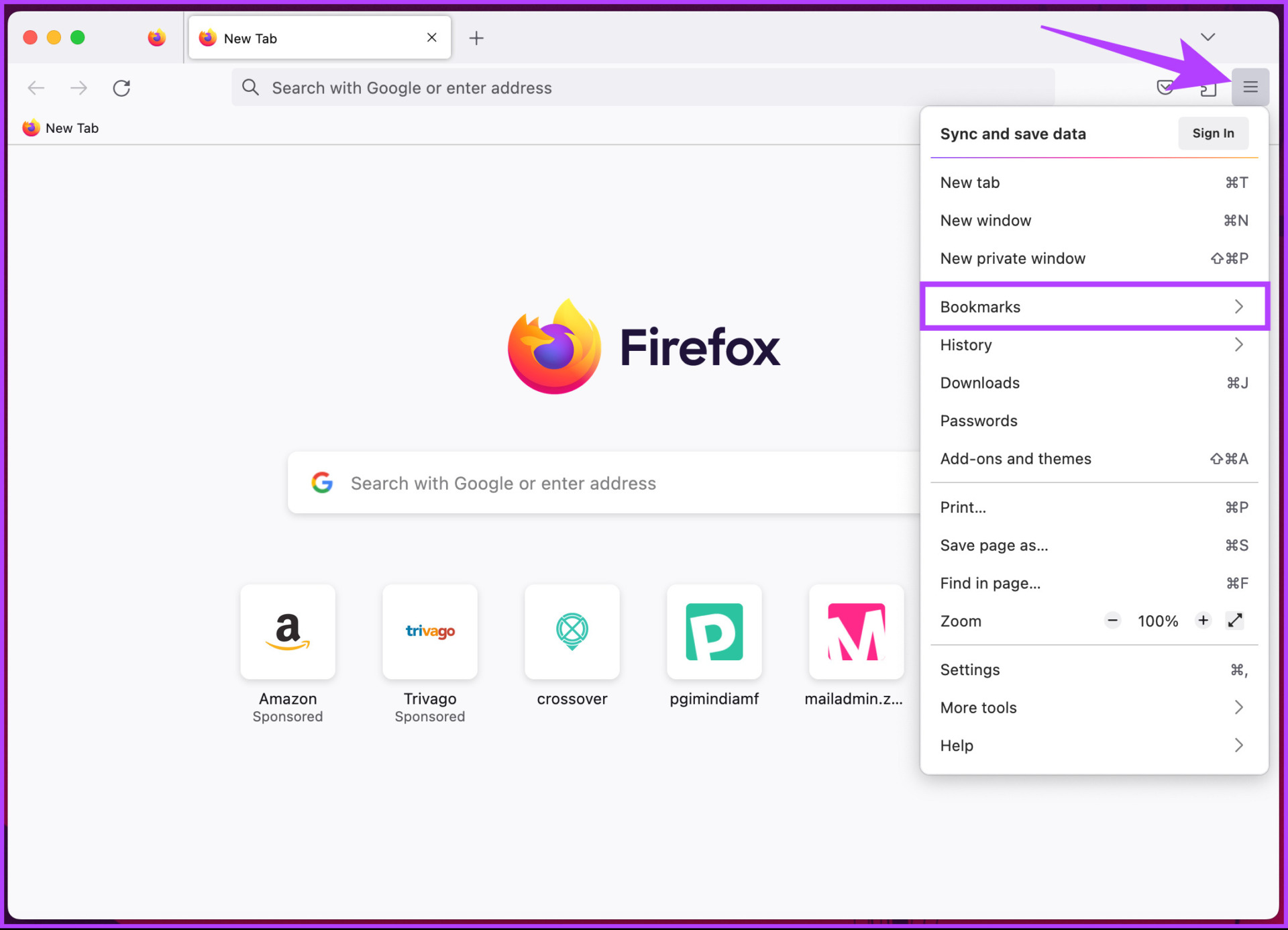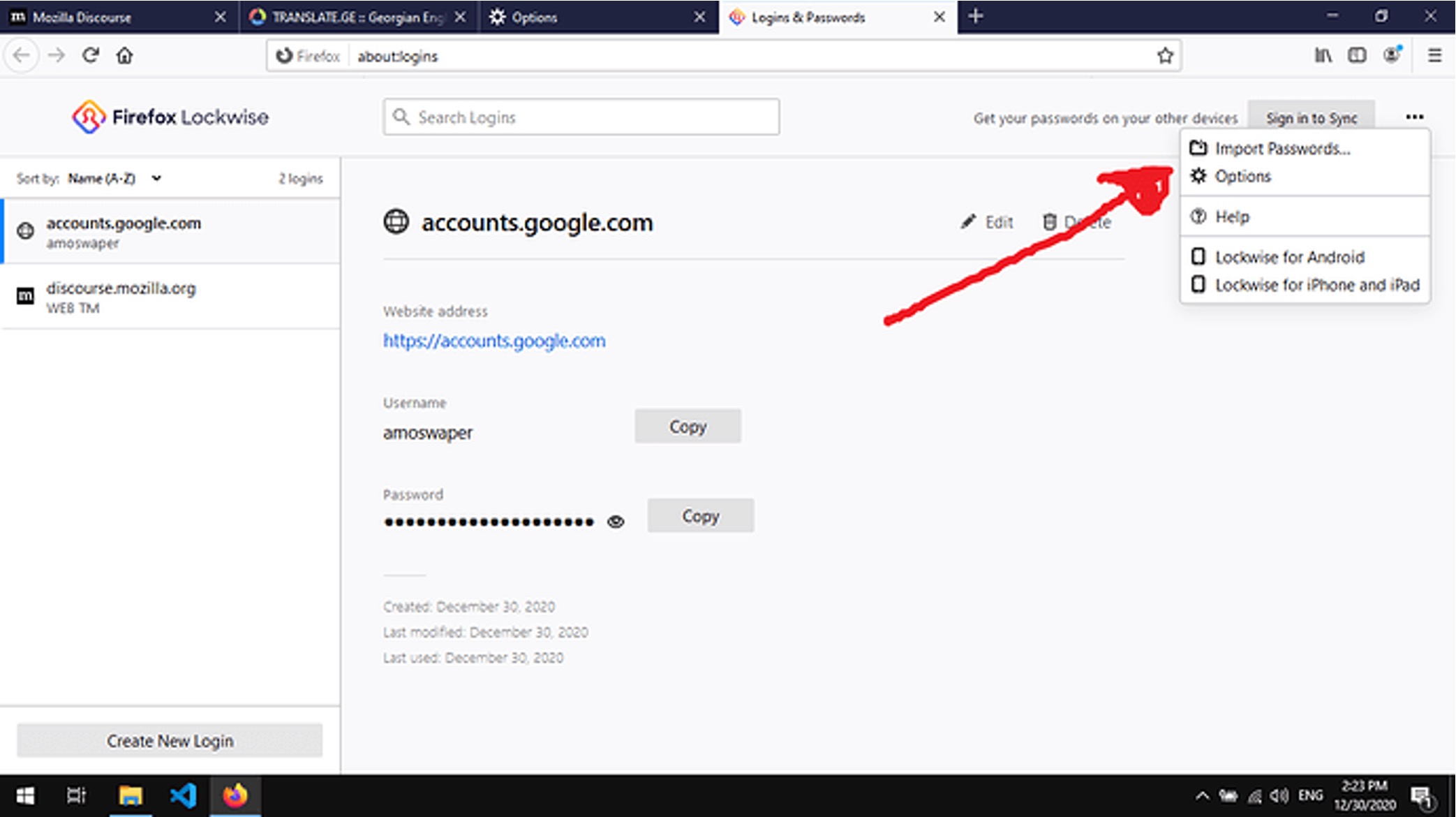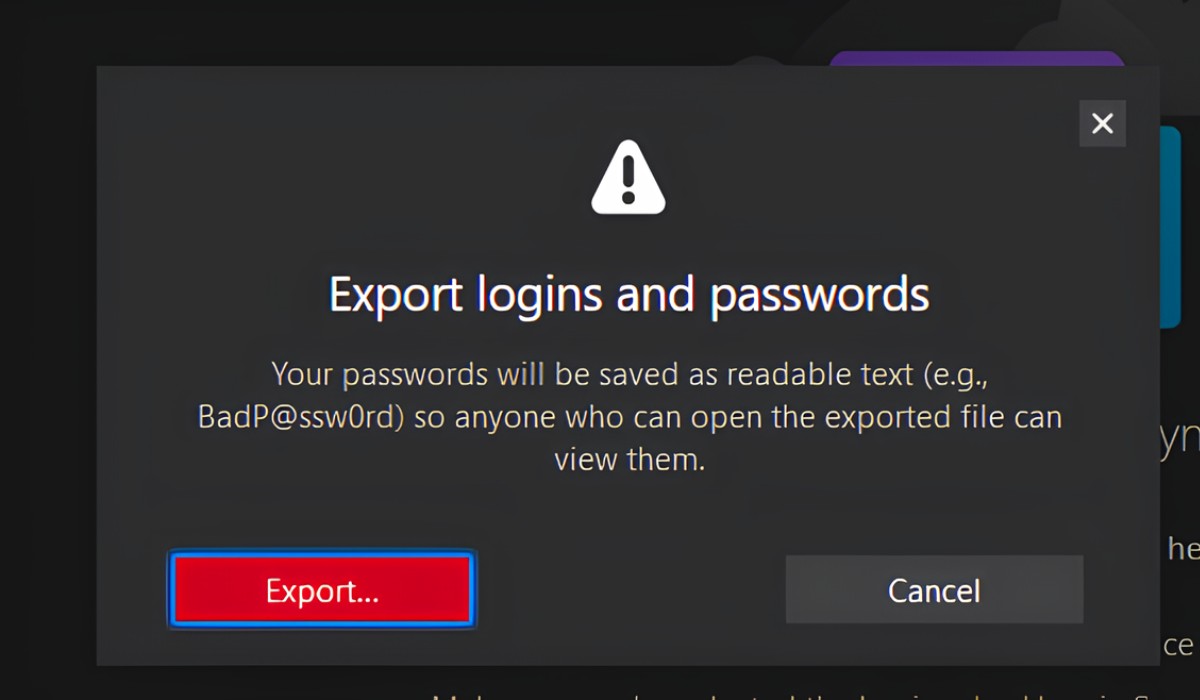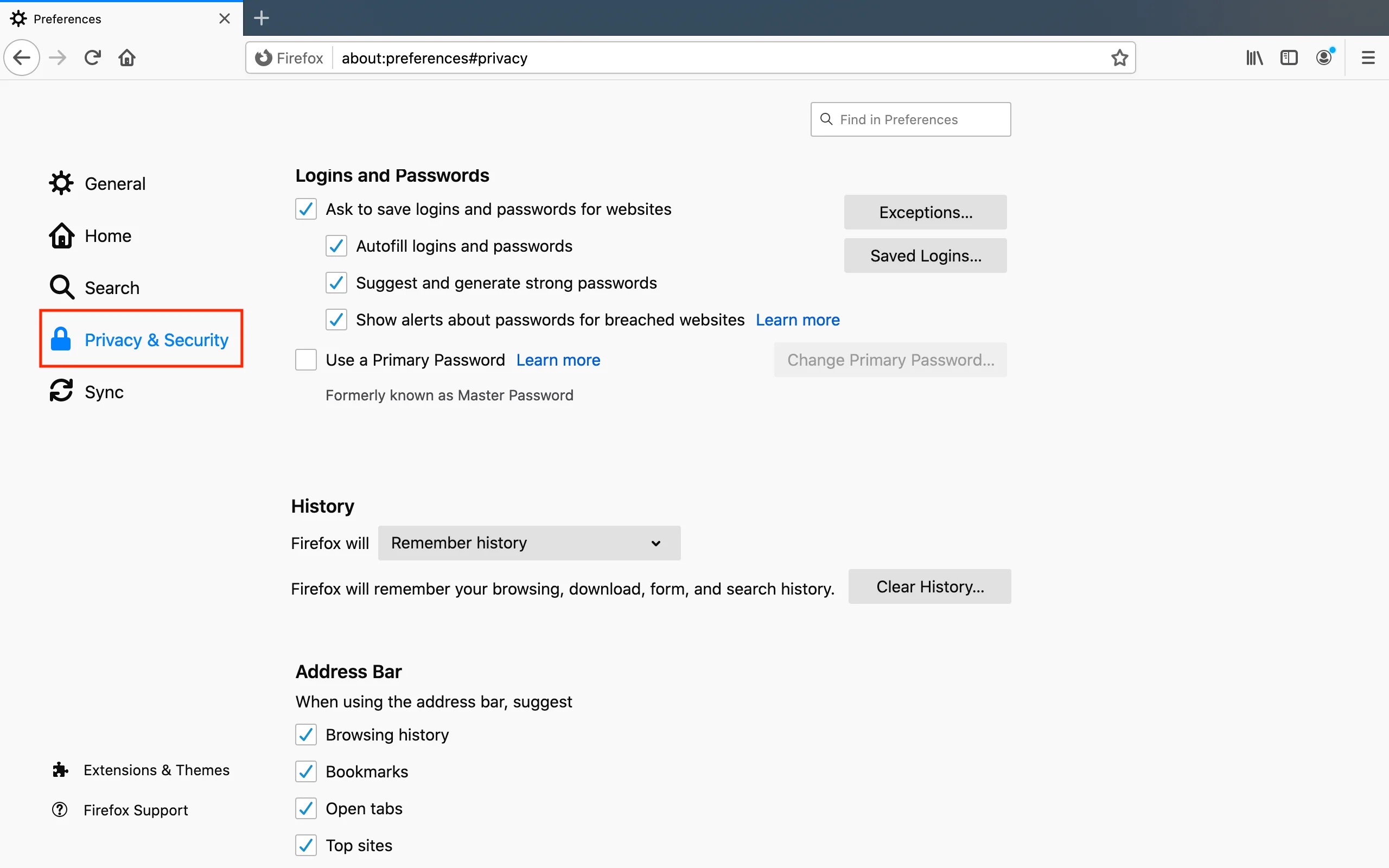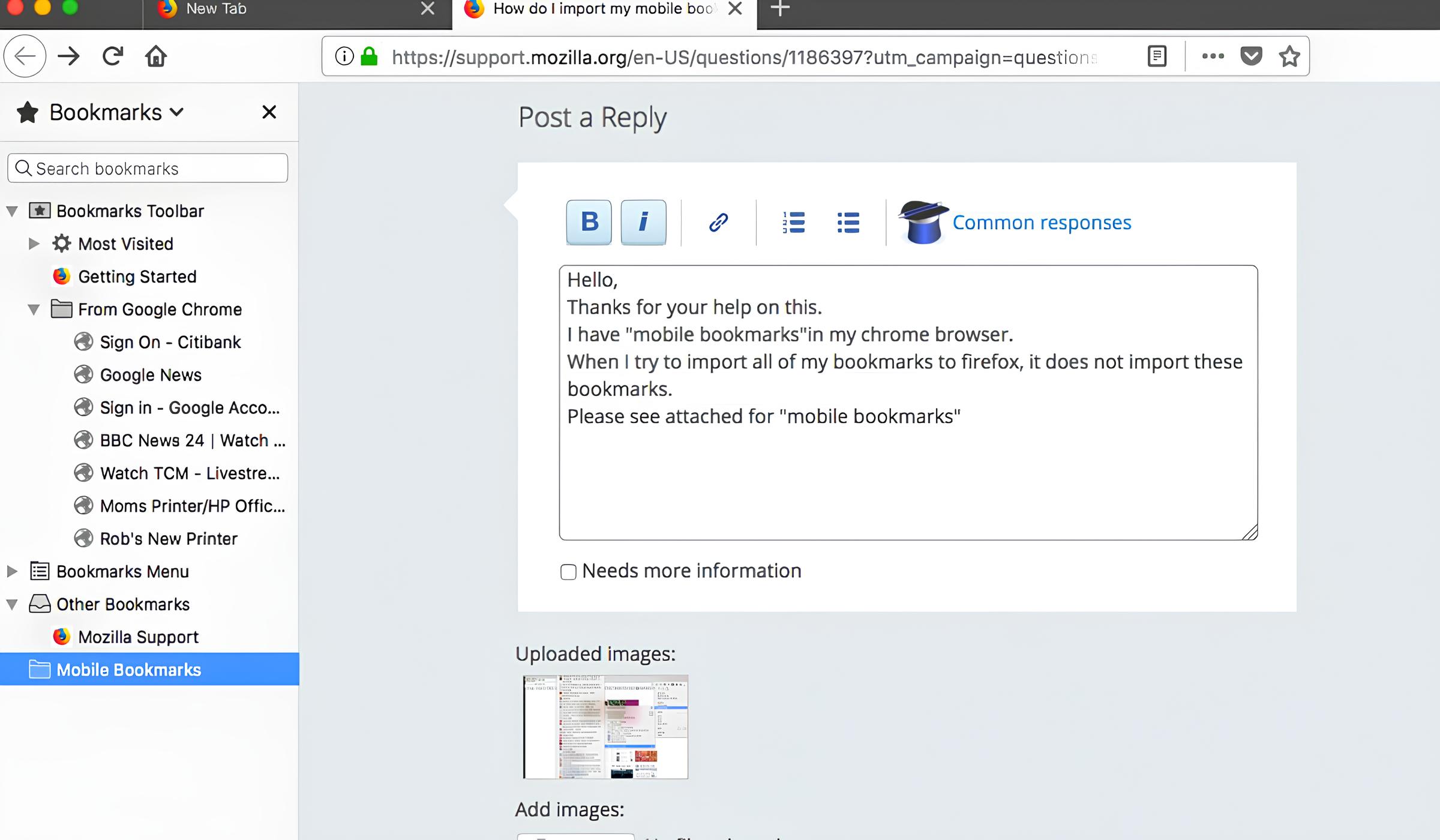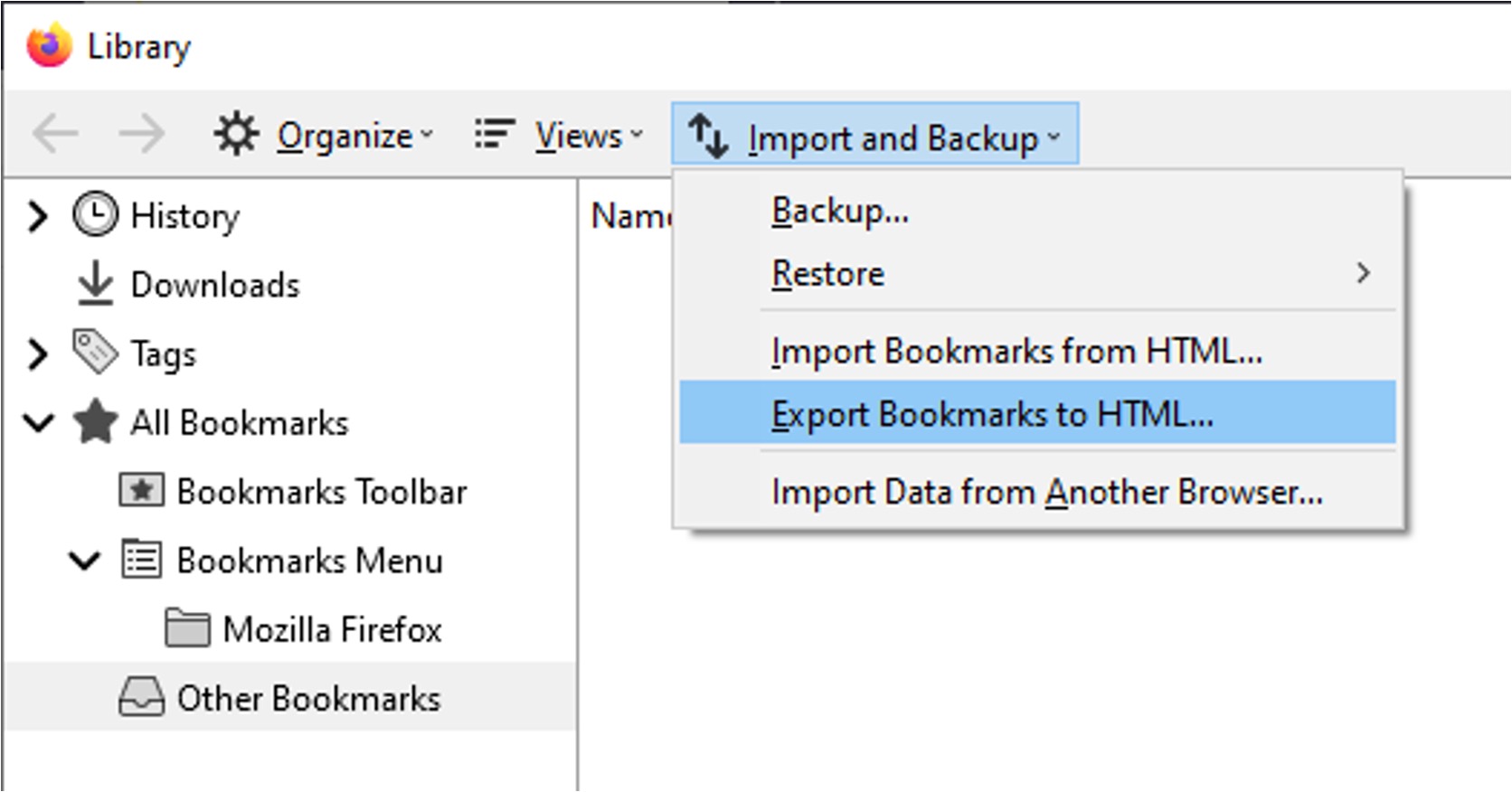Introduction
Exporting your Firefox settings can be a smart move, whether you're switching to a new computer, performing a fresh installation, or simply looking to safeguard your browsing data. By exporting your bookmarks, passwords, preferences, and add-ons, you can ensure a seamless transition to a new browser or device without losing any crucial information. This comprehensive guide will walk you through the step-by-step process of exporting your Firefox settings, empowering you to take control of your browsing experience.
Whether you're a casual user or a power surfer, your bookmarks are likely a treasure trove of valuable links, ranging from favorite websites to essential resources. Exporting your bookmarks from Firefox ensures that you can easily import them into another browser or device, preserving your carefully curated collection. Additionally, exporting your passwords allows you to securely transfer your login credentials to a new environment, sparing you the hassle of re-entering each password manually.
Furthermore, exporting your preferences enables you to retain your personalized browser settings, such as homepage, search engine, and privacy configurations. This ensures that your browsing experience remains consistent across different devices or installations. Additionally, exporting your add-ons and extensions allows you to carry over your favorite tools and enhancements, saving you the time and effort of reconfiguring your browser to suit your needs.
By following the steps outlined in this guide, you'll be equipped with the knowledge and confidence to export your Firefox settings with ease. Whether you're embarking on a new digital adventure or simply seeking to safeguard your browsing data, taking control of your Firefox settings empowers you to navigate the online world on your own terms. Let's dive in and explore the straightforward process of exporting your Firefox settings, ensuring that your browsing experience remains seamless and uninterrupted.
Step 1: Exporting Bookmarks
Exporting your bookmarks from Firefox is a straightforward process that allows you to preserve your carefully curated collection of favorite websites and essential resources. Whether you're transitioning to a new browser, setting up a new computer, or simply safeguarding your browsing data, exporting your bookmarks ensures that you can seamlessly import them into another environment. This step-by-step guide will walk you through the process of exporting your bookmarks from Firefox, empowering you to retain easy access to your valuable links.
-
Open Firefox: Launch the Firefox browser on your computer. Ensure that you are using the latest version to access the most up-to-date features and security enhancements.
-
Access Bookmarks: Click on the "Bookmarks" menu located in the Firefox toolbar. From the dropdown menu, select "Show All Bookmarks." Alternatively, you can use the keyboard shortcut "Ctrl+Shift+B" (Windows) or "Command+Shift+B" (Mac) to access the bookmark library.
-
Select Import and Backup: Within the bookmark library, click on the "Import and Backup" menu located at the top of the window. This action will reveal a dropdown menu containing various options for managing your bookmarks.
-
Choose Export Bookmarks to HTML: From the "Import and Backup" menu, select "Export Bookmarks to HTML." This option allows you to save your bookmarks in a universally compatible HTML file, ensuring that you can import them into a wide range of browsers and bookmark management tools.
-
Save the HTML File: After selecting "Export Bookmarks to HTML," Firefox will prompt you to choose a location to save the HTML file. Select a convenient location on your computer, such as the desktop or a dedicated folder, and provide a descriptive filename for the exported bookmarks file. Click "Save" to finalize the export process.
By following these simple steps, you can successfully export your bookmarks from Firefox, preserving your valuable collection of links and resources. This exported HTML file serves as a portable backup of your bookmarks, enabling you to import them into another browser or device effortlessly. Whether you're transitioning to a new browsing environment or simply seeking to safeguard your browsing data, exporting your bookmarks empowers you to maintain easy access to your favorite websites and essential resources.
In the next section, we will delve into the process of exporting passwords from Firefox, ensuring that your login credentials remain secure and accessible across different browsers or devices.
Step 2: Exporting Passwords
Exporting your passwords from Firefox is a crucial step in safeguarding your login credentials and ensuring seamless access to your accounts across different browsers or devices. By exporting your saved passwords, you can securely transfer this sensitive information to a new environment, sparing you the hassle of re-entering each password manually. This step-by-step guide will walk you through the process of exporting your passwords from Firefox, empowering you to retain control over your login credentials.
-
Access Firefox Preferences: Launch the Firefox browser on your computer and click on the menu button (three horizontal lines) located in the upper-right corner of the window. From the dropdown menu, select "Logins and Passwords." This action will open the Firefox Lockwise password manager, where you can manage your saved logins and passwords.
-
Open the Password Manager: Within the Firefox Lockwise password manager, click on the three horizontal lines (menu button) located in the upper-right corner of the window. From the dropdown menu, select "Export Logins." This action will prompt Firefox to export your saved logins and passwords to a CSV (Comma-Separated Values) file.
-
Choose a Location and Save the CSV File: After selecting "Export Logins," Firefox will prompt you to choose a location to save the CSV file containing your exported logins and passwords. Select a convenient location on your computer, such as the desktop or a dedicated folder, and provide a descriptive filename for the exported CSV file. Click "Save" to finalize the export process.
-
Securely Store the Exported CSV File: Once the CSV file containing your exported logins and passwords is saved, it is essential to store it securely. Consider encrypting the file or transferring it to a secure storage location, such as an encrypted USB drive or a password-protected folder. This precaution ensures that your sensitive login credentials remain protected.
By following these simple steps, you can successfully export your saved logins and passwords from Firefox, preserving this crucial information for seamless access across different browsing environments. It is important to store the exported CSV file securely and consider additional measures, such as encryption, to safeguard your sensitive login credentials.
In the next section, we will explore the process of exporting preferences from Firefox, allowing you to retain your personalized browser settings across different installations or devices.
Step 3: Exporting Preferences
Exporting your preferences from Firefox enables you to retain your personalized browser settings, ensuring a consistent browsing experience across different installations or devices. Whether you've meticulously configured your homepage, search engine preferences, or privacy settings, exporting your preferences allows you to seamlessly transfer these customizations to a new environment. This step-by-step guide will walk you through the process of exporting your preferences from Firefox, empowering you to maintain control over your browsing experience.
-
Access Firefox Preferences: Launch the Firefox browser on your computer and click on the menu button (three horizontal lines) located in the upper-right corner of the window. From the dropdown menu, select "Options." This action will open the Firefox Preferences tab, where you can customize various settings according to your preferences.
-
Navigate to General Settings: Within the Firefox Preferences tab, click on "General" in the left-hand navigation menu. This section allows you to configure fundamental browser settings, including your homepage, new tabs, and default search engine.
-
Export Preferences: To export your preferences, you'll need to access the Firefox configuration settings. In the address bar, type "about:config" and press Enter. Firefox will display a warning message emphasizing the potential risks of modifying advanced settings. Click on "I accept the risk!" to proceed to the configuration settings.
-
Search for Preferences to Export: In the search bar within the configuration settings, you can enter specific preferences that you want to export. For example, if you've customized your homepage, you can search for "browser.startup.homepage." This will display the preference value associated with your homepage configuration.
-
Record Preference Values: Once you've located the preferences you want to export, you can record their values. This may include URLs for homepage settings, search engine configurations, or other customized preferences. Note down these values or take screenshots for reference.
-
Save Preference Values: After recording the preference values, you can save them in a secure document or text file. Ensure that the document is stored in a safe location, such as a dedicated folder on your computer or a cloud storage service.
By following these steps, you can effectively export your personalized browser preferences from Firefox, preserving your custom settings for seamless transfer to a new browser or device. This process empowers you to maintain a consistent browsing experience, ensuring that your preferred settings remain intact across different installations or environments.
In the next section, we will delve into the process of exporting add-ons and extensions from Firefox, allowing you to carry over your favorite tools and enhancements to a new browsing environment.
Step 4: Exporting Add-ons and Extensions
Exporting your add-ons and extensions from Firefox is a pivotal step in ensuring a seamless transition to a new browsing environment while retaining your favorite tools and enhancements. Add-ons and extensions play a significant role in customizing your browsing experience, offering functionalities ranging from ad-blocking and security enhancements to productivity tools and theme customizations. By exporting your add-ons and extensions, you can effortlessly carry over these valuable enhancements to a new browser or device, maintaining the familiar and optimized browsing experience you've curated. This comprehensive guide will walk you through the process of exporting your add-ons and extensions from Firefox, empowering you to retain control over your browsing enhancements.
-
Access Firefox Add-ons: Launch the Firefox browser on your computer and click on the menu button (three horizontal lines) located in the upper-right corner of the window. From the dropdown menu, select "Add-ons." This action will open the Firefox Add-ons Manager, where you can manage your installed extensions and themes.
-
Navigate to Extensions: Within the Firefox Add-ons Manager, click on the "Extensions" tab in the left-hand navigation menu. This section displays a list of all installed extensions, providing an overview of the functionalities and customizations they offer.
-
Export Extensions: To export your installed extensions, you'll need to utilize a dedicated add-on that facilitates the export process. One such add-on is "Extension List Dumper 2," which allows you to generate a list of your installed extensions and their details in a text file. Install the "Extension List Dumper 2" add-on from the official Firefox Add-ons website.
-
Generate Extension List: After installing the "Extension List Dumper 2" add-on, access the Firefox Add-ons Manager and click on the "Extensions" tab. Within this section, you can use the "Extension List Dumper 2" add-on to generate a comprehensive list of your installed extensions, including their names, versions, and other relevant details.
-
Save the Extension List: Once the extension list is generated, you can save it as a text file on your computer. Choose a convenient location, such as the desktop or a dedicated folder, and provide a descriptive filename for the exported extension list. Click "Save" to finalize the export process.
By following these steps, you can successfully export your installed extensions from Firefox, ensuring that you can seamlessly import them into another browser or device. This process allows you to retain your favorite tools and enhancements, maintaining a familiar and optimized browsing experience. Whether you're transitioning to a new browsing environment or safeguarding your browsing enhancements, exporting your add-ons and extensions empowers you to navigate the online world with ease and familiarity.
Conclusion
Congratulations! You've successfully navigated the process of exporting your Firefox settings, empowering you to take control of your browsing experience and seamlessly transition to new browsers or devices. By following the step-by-step guides outlined in this comprehensive article, you've safeguarded your valuable bookmarks, securely transferred your login credentials, retained your personalized browser settings, and preserved your favorite tools and enhancements. As you conclude this journey, it's essential to reflect on the significance of exporting your Firefox settings and the impact it has on your digital empowerment.
Exporting your bookmarks ensures that your carefully curated collection of favorite websites and essential resources remains accessible across different browsing environments. Whether you're embarking on a new digital adventure or simply safeguarding your browsing data, the exported HTML file serves as a portable backup of your bookmarks, enabling you to import them effortlessly into another browser or device.
Additionally, the process of exporting your passwords from Firefox empowers you to securely transfer your saved logins and passwords to a new environment, sparing you the hassle of re-entering each password manually. By storing the exported CSV file securely and considering additional measures, such as encryption, you can safeguard your sensitive login credentials and ensure seamless access across different browsing environments.
Furthermore, exporting your preferences allows you to retain your personalized browser settings, ensuring a consistent browsing experience across different installations or devices. By recording and saving your preference values, you've preserved your custom settings for seamless transfer to a new browser or device, maintaining a consistent browsing experience tailored to your preferences.
Lastly, exporting your add-ons and extensions from Firefox enables you to effortlessly carry over your favorite tools and enhancements to a new browsing environment, maintaining the familiar and optimized browsing experience you've curated. Whether you're transitioning to a new browsing environment or simply seeking to safeguard your browsing enhancements, exporting your add-ons and extensions empowers you to navigate the online world with ease and familiarity.
As you conclude this journey of exporting your Firefox settings, you've not only safeguarded your browsing data but also empowered yourself to navigate the online world on your own terms. Your digital empowerment is a testament to the proactive steps you've taken to retain control over your browsing experience, ensuring that your preferences, tools, and enhancements remain seamlessly accessible across different browsers or devices. With your Firefox settings securely exported, you're ready to embark on new digital endeavors with confidence and continuity.







